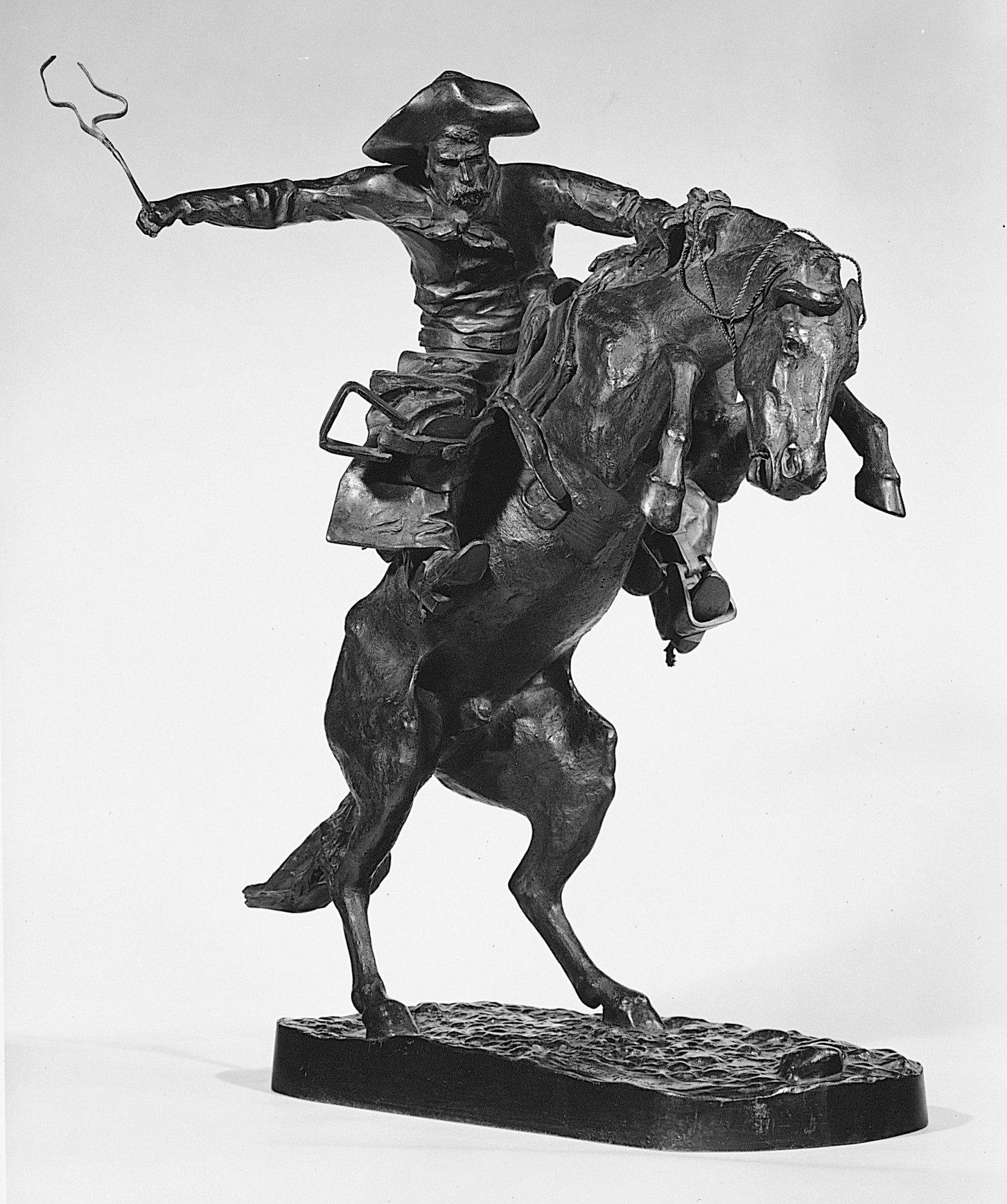Alan Balch - The stress test
Article by Alan F. Balch
My old horse trainer, one of the wisest people I ever met—and I find many trainers to be so wise, way beyond their formal educations—used to define stress this way: the confusion created when one's mind overrides the body's basic desire to choke the living [bleep] out of some [bleep] who so desperately needs it.
Any trainer reading this will immediately recognize the sensation, surrounded as he or she is by countless other “experts” (at least in their own minds): regulators, do-gooders, gamblers, veterinarians, reporters, owners, blacksmiths, hotwalkers, entry clerks, and track officials—to name only a very few categories of her or his advisers.
Everyone else in racing these days (not to mention virtually everyone else on Earth) is experiencing that same sensation. Our mutual feelings of stress are ubiquitous—that is to say, they’re everywhere in virtually everything we’re doing.
I can remember a time, not that long ago, when people went to the races, or owned horses, to get away from politics. And stress. The objectivity of the photo-finish camera, invented nearly a century ago now, was a welcome relief from all the conflicting opinions outside the track enclosures. And my $2 was just as valuable as Mr. Vanderbilt’s.
To be certain, there have always been politics within racing—our own politics. And gradually, with politically appointed state regulators, non-racing politics, real politics, became more and more intrusive as the decades marched on.
What we have witnessed in the last few years, however, is something new. Or, perhaps, a throwback to the early 1900s, when much of American racing was simply abolished in the name of “reform,” which a “reform” movement later led even to prohibition! It’s perhaps instructive that prohibition of alcoholic beverages ended about the same time that modern pari-mutuel betting on newly approved tracks began in the 1930s.
I’m not sure that what we’re witnessing now in racing—the advent of national, federal legislation to accompany and supplant state-by-state regulation—will be as cataclysmic for racing as what happened before in the name of “reform,” but I’m also not sure that it won’t be.
What it comes down to is this: how much reform did or does present-day racing really need? Are the Horseracing Integrity and Safety Authority (HISA) and its bureaucratic bedfellows actually going to result in whatever reform is really necessary? Or, are we going to fail this stress test?
The Jockey Club and Breeders’ Cup—those august, elite, and self-righteous bodies who always claim to know what’s best for racing—now find themselves arrayed against the National Horsemen’s Benevolent and Protective Association and the Association of Racing Commissioners International. The latter can be equally self-righteous and are accompanied by some state regulators, but have no august or elite pretensions. Quite the opposite, in fact, they claim to represent “the people.” Which is to say, bluntly, the non-elite. And let there be no mistake: in racing as in all things, the less-than-elite vastly outnumber the elite. The taking of sides we’re seeing leads to absurd ironies: one vocal HISA supporter dared to scorn the Kentucky HBPA for not being democratic enough . . . apparently not realizing that The Jockey Club, prime mover of HISA, is perhaps the least democratic organization on the globe, with the possible exception of the Catholic Church.
More importantly, the top of any sport’s pyramid is very, very tiny indeed, and isolated, unless it has a broad and sturdy foundation with ready and fair access to the top. Those at the tip-top would do well to consider that fundamental fact. In American racing, remember that those graded stakes purses are funded by how much is bet on the overnights—meaning, for the most part, non-elite and lower level claiming races—which need robust field sizes to attract sufficient handle. Those are the trainers and owners represented by the organizations who are questioning the necessity and implementation of several supposed HISA “reforms.”
We hear these reasons for racing’s supposedly necessary reforms. First, we need to stamp out cheating. Second, we need to better protect the welfare of horses. Third, we need uniformity of racing rules throughout the country.
Following the experience of the last year or so, does anyone now seriously believe that adding a new layer of national bureaucratic and governmental oversight to the state oversight and regulation we’ve had since the 1930s will lead to greater uniformity, rather than more complexity, confusion, and cost? Predictably, uh, no. And, in the bargain, just what is happening to the total cost of racing regulation and oversight?
Equine welfare? To the extent that the rest of the nation expects to be required, for the most part, to follow California’s progress, this could be a positive. But is it outweighed by resulting confusion, misunderstanding, and outright resistance to its very necessity, practicality, and incremental costs? Why were so many complex regulations that were not in dispute replaced by even more intricate new language and protocols that indicate lack of fundamental horsemanship?
Finally, the worst self-inflicted wound, the perception that cheating is rampant in racing, repeated endlessly and without proof by The Jockey Club, in its anti-Lasix crusade. Yes, the authorities discovered and proved a cheating scandal via wiretaps intended for another purpose. So, please point us to the armor in the HISA hierarchy of complicated supervision that will prevent such an outrage from happening again.
What’s to be done? Well, we can continue to hope this bronc can be broke . . . and be thankful our cowboy is mounted on a horse instead of a tiger. If he is.

